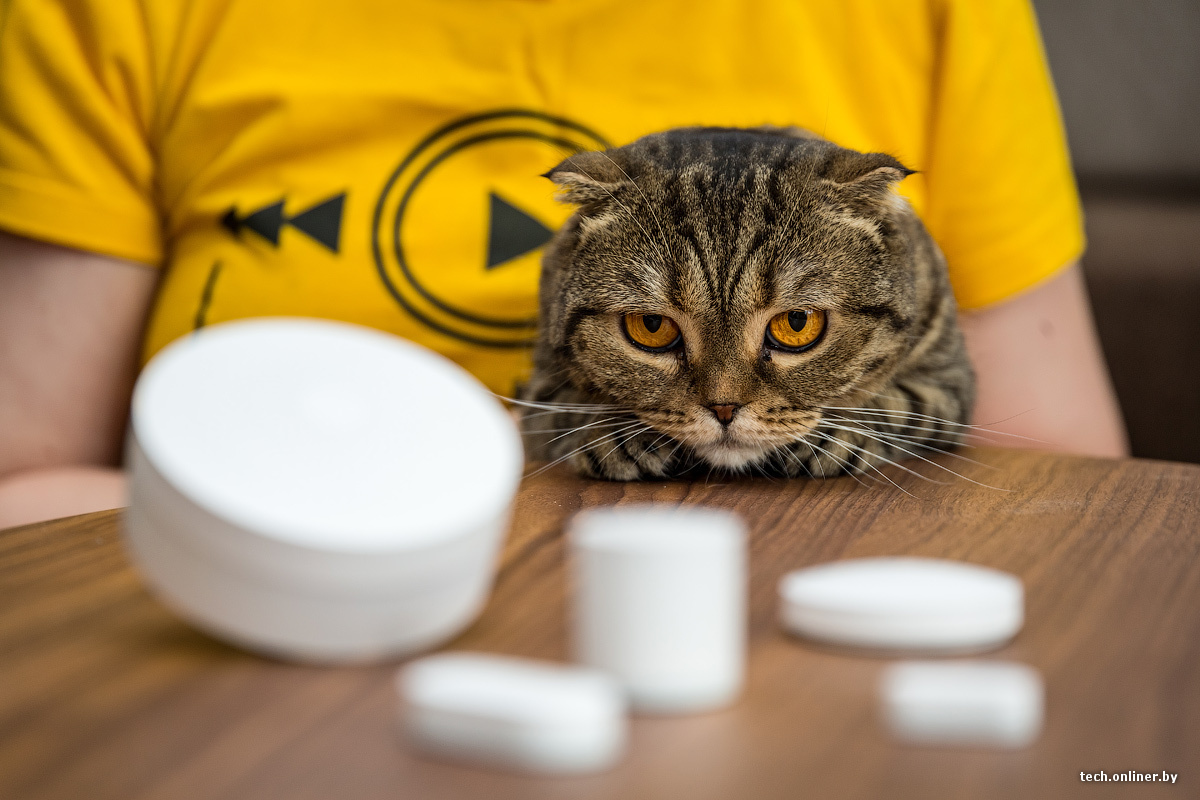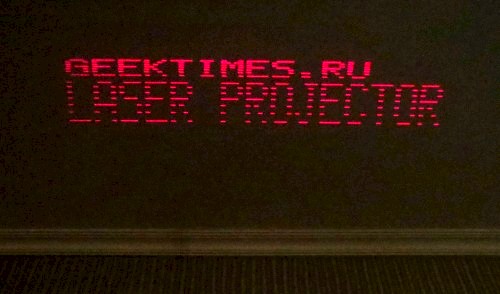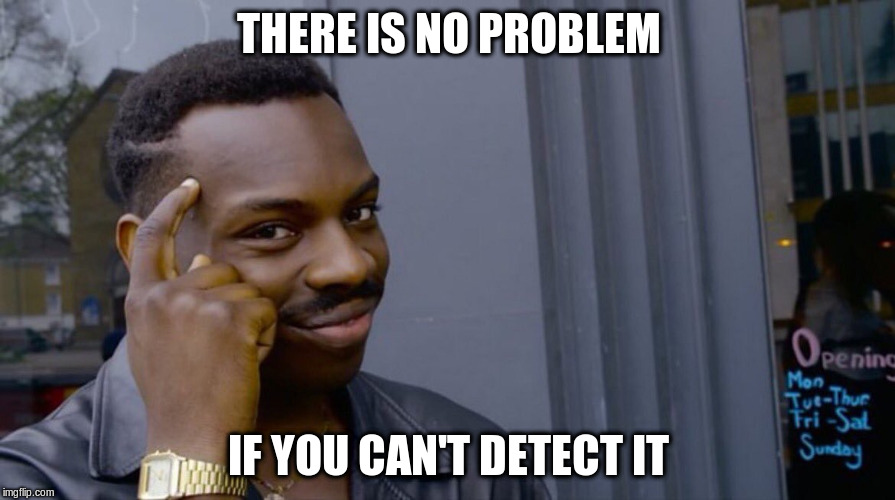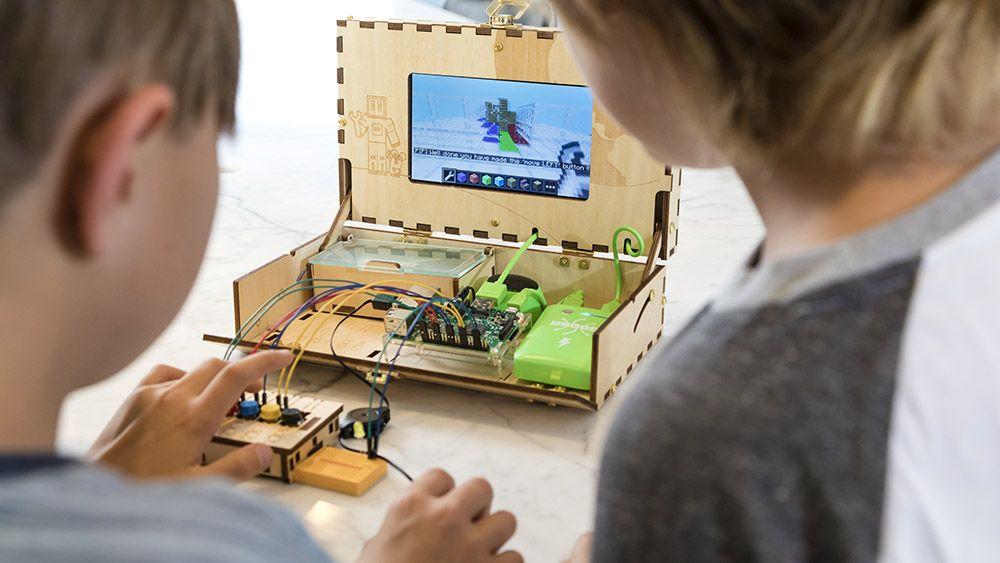
Smart home is a system that can do some everyday routines instead of a person. It leads us to the first and the main principle:


If you have dabbled into microchip photographing before, then this article will probably not offer much to you. But if you want to get into it, but don’t know where to start, then it’s exactly for you.
Before we start, a fair warning: while the procedure is quite entertaining, at first it’ll probably be physically painful. The chemicals used during the process are toxic, so please handle them carefully – that way it’ll still hurt, but less so. Also, if you have even a slight amount of common sense, conduct the procedure in a fully-equipped chemical laboratory under supervision of trained professionals: we’ve had to deal with people who tried to do it at home immediately after reading the guide. And finally: if you don’t know whether you need to pour acid into water or water into acid without a Google search and don’t realize what this lack of knowledge will entail – stop reading this immediately and go to a chemistry 101 course in a local college or something.

Hi. My name is Michael Kapelko. I've been developing software professionally for more than 10 years. Recent years were dedicated to iOS. I develop games and game development tools in my spare time.
Overview
Today I want to share my experience of teaching kids to program. I'm going to discuss the following topics:


Have you ever noticed that you were busy all day, however, you've done nothing or at X-mas evening you experience an epiphany that nothing was done during the year? If your answer is "yes", you should improve your time management skills. According to Wikipedia, time management is the process of planning and exercising conscious control of time spent on specific activities, especially to increase effectiveness, efficiency and productivity. Nevertheless, how can we deal with it?

One one hand I don't want to be the final authority, but on the other hand, I'd like to share my point of view on how to learn English. The English language is not secret knowledge; it is just a lot of hard training. One of the most important bullets is constantly improving English. You should do it from day to day if you want to approach result. It must not loathe torture for you, It means that you should find out something interesting in that process.
Hi, I'm one of the developers of the sharded blockchain Near Protocol, and in this article want to talk about what blockchain sharding is, how it is implemented, and what problems exist in blockchain sharding designs.
It is well-known that Ethereum, the most used general purpose blockchain at the time of this writing, can only process less than 20 transactions per second on the main chain. This limitation, coupled with the popularity of the network, leads to high gas prices (the cost of executing a transaction on the network) and long confirmation times; despite the fact that at the time of this writing a new block is produced approximately every 10–20 seconds the average time it actually takes for a transaction to be added to the blockchain is 1.2 minutes, according to ETH Gas Station. Low throughput, high prices, and high latency all make Ethereum not suitable to run services that need to scale with adoption.

The original post has been updated based on community input in order to remove confusion.
Final version of the whitepaper is available here:

I was putting things in order in a garage, when I found an arithmometer Felix M. It is old school iron gadget, there are no electronics inside.



The biggest issue with AI is not that it is stupid but a lack of definition for intelligence and hence a lack of formal measure for it [1a] [1b].
Turing test is not a good measure because gorilla Koko [2a] and bonobo Kanzi [2b] wouldn't pass though they could solve more problems than many disabled human beings.
It is quite possible that people in the future might wonder why people back in 2019 thought that an agent trained to play a fixed game in a simulated environment such as Go had any intelligence [3a] [3b] [3c] [3d] [3e] [3f] [3g] [3h].
Intelligence is more about applying/transferring old knowledge to new tasks (playing Quake Arena good enough without any training after mastering Doom) than compressing agent's experience into heuristics to predict a game score and determining agent's action in a given game state to maximize final score (playing Quake Arena good enough after million games after mastering Doom) [4].
Human intelligence is about ability to adapt to the physical/social world, and playing Go is a particular adaptation performed by human intelligence, and developing an algorithm to learn to play Go is a more performant one, and developing a mathematical theory of Go might be even more performant.